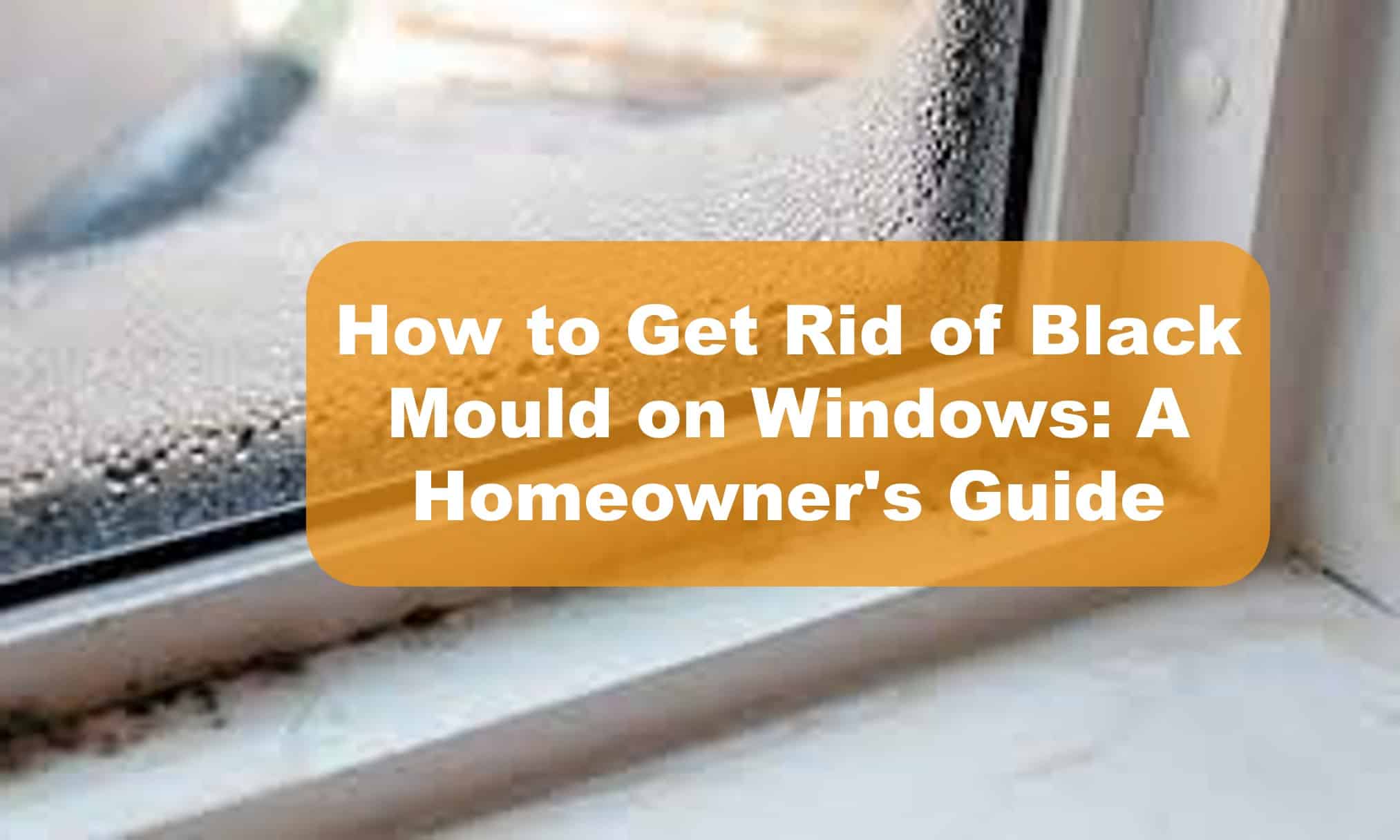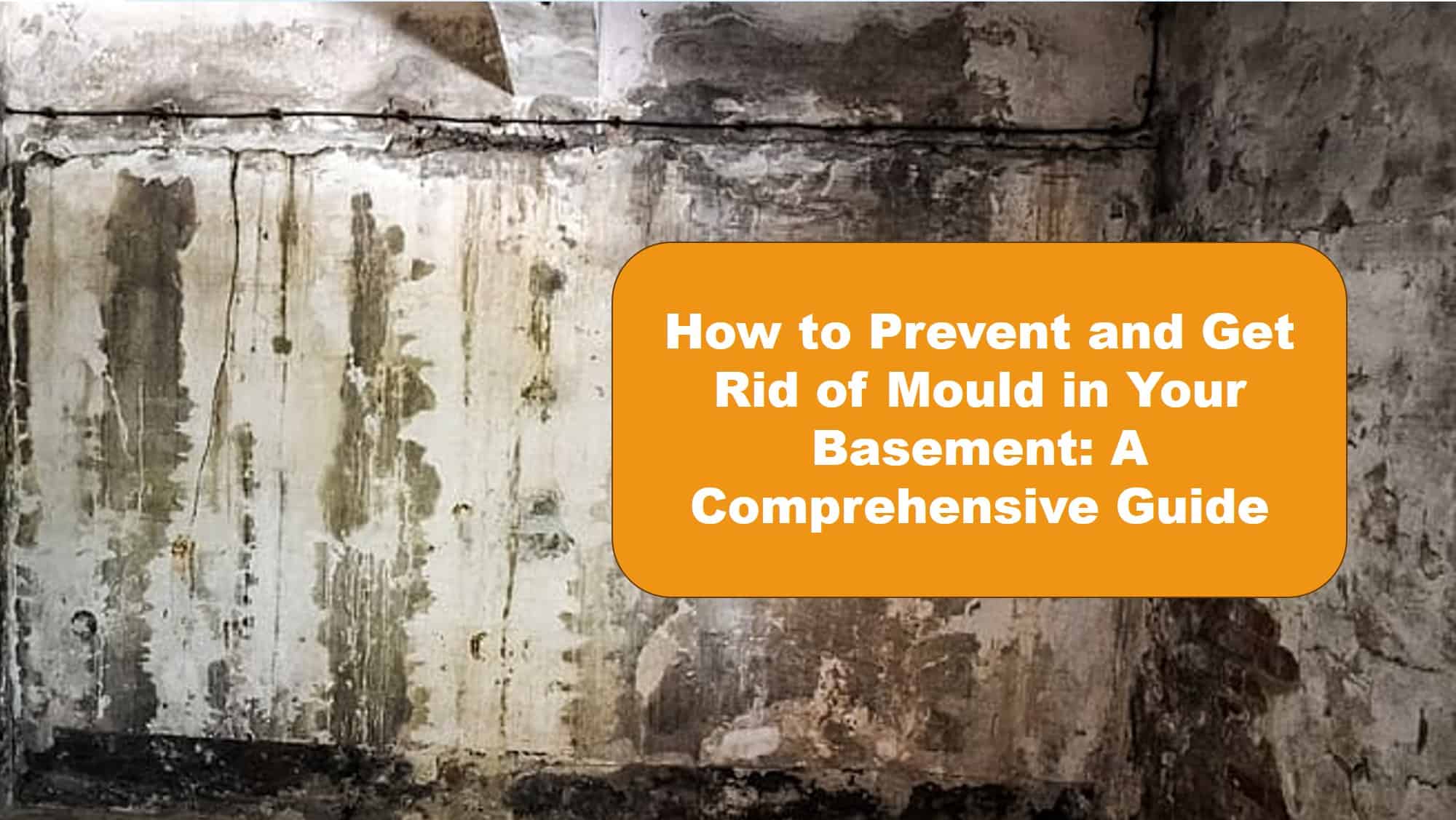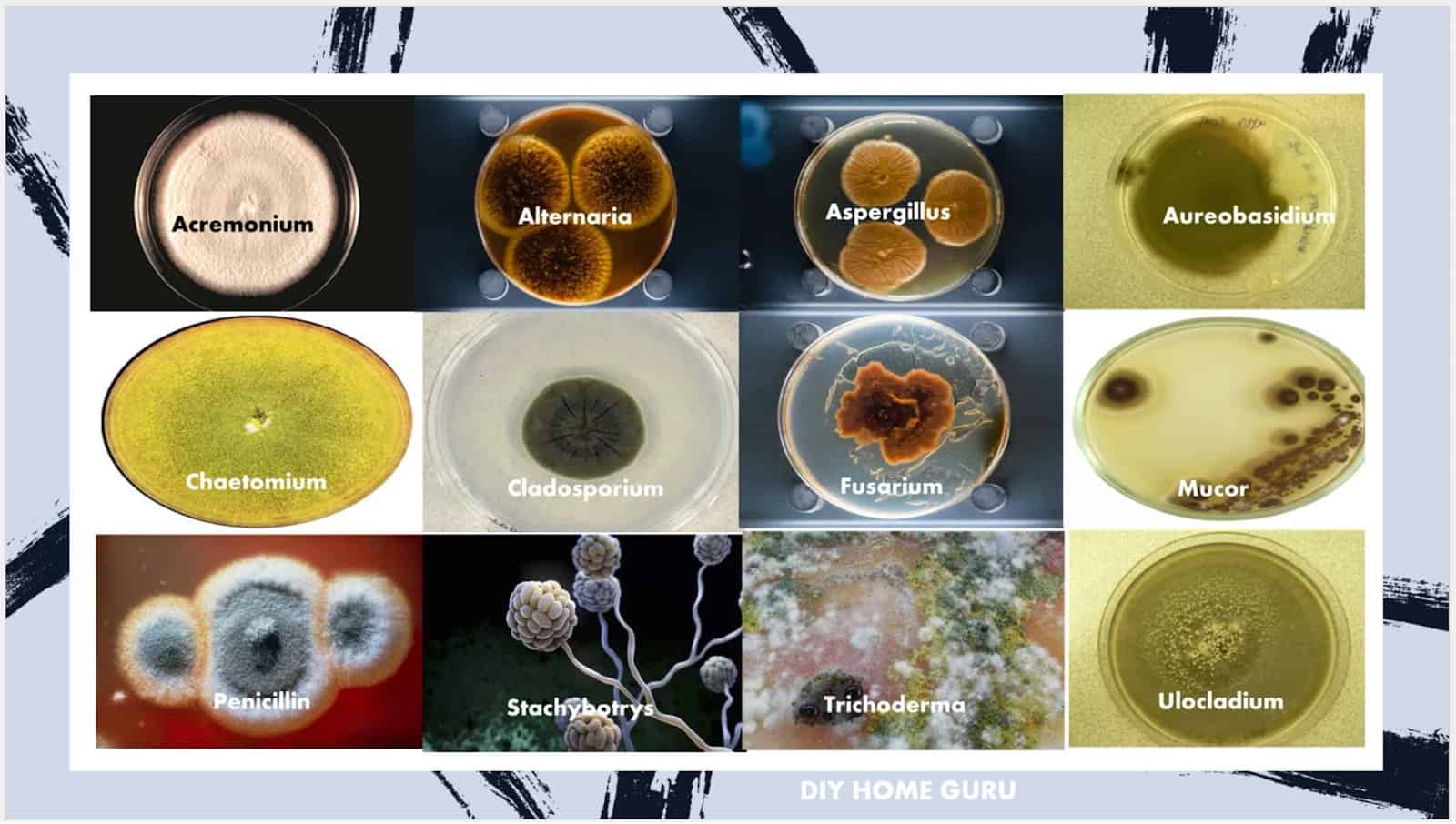From the onset, I’ll let you know that toilet mold is never a good thing in your home. If you have ever been greeted by mold, in the toilet, you would know what I am talking about – it is unsightly.
Let me be clear, it is never a pleasant sight especially if you have guests over. It is kind of embarrassing.
The funny thing is that mold is everywhere. Mold spores are always flying around, in the air, seeking an ideal surface to attach to.
Therefore, mold growth appears in the home more frequently than you may think.
Since the ideal condition is at a place with moisture, appropriate temperature and food, the bathroom fits the conditions perfectly.
It is for this reason that you’ll find mold in the bathroom more often than anywhere else in the home.
It is not uncommon for you to find mold in the toilet Bowl, Tank, under the toilet Rim, Seat or Lid.
The great news is that you can do something to prevent or remove toilet mold effortlessly from your toilet.
In this article, you find information relating to the cause, how to get rid of mold in the toilet and how to prevent it. Continue reading for this useful information.
Here is a separate article on how to get rid of black mold naturally.
Now, let’s continue with this article on mold in toilets and what to do about it.
What causes toilet mold?
Mold is a fungus that grows in the form of multicellular strands called hyphae. It grows on any dead organic matter while it consumes it for food.
It loves any surface in your home that is damp or where there is a build-up of moisture.
The moisture may be from pipe leaks, water penetrating the walls or high levels of humidity in the air – which is typical of bathrooms.
There are so many potential sources of moisture in the bathroom and eliminating them is needed to control the growth of toilet mold.
The interesting questions that I’m often asked are why is mold growing in my toilet and what can I do to stop it from growing.
Why is mold growing in my toilet?
The toilet bowl and tank always contain water for flushing the toilet. Even though mold cannot get embedded in non-porous material it can attach itself to dirt that accumulates on the surfaces. The temperature in the bathroom is also ideal for the growth of toilet mold spores.
The fact that the water is stagnant in the toilet for long periods of time, making the toilet a weak point if you want to get rid of toilet mold in your home.
As a result of the infrequent flush of the toilet, you may find a black ring around the edge of the water level. The black ring may indicate that you have a mold problem.
Since mold can spread easily and can severely impact your health, if your immune system is compromised, it is important that you get rid of it as fast as possible.
In some areas of the country, hard water flows into their homes from the city’s water supply.
The hard water leaves water deposits on the inner surfaces of the toilet – the tank and bowl which provides nutrients for the toilet mold to grow.
The only thing we can do about this is to get filters or water softeners that will help with the water hardness.
The deposit from our bowels can also be a nutrient source for mold to grow.
In fact, the homes of people with uncontrolled diabetes seem to experience more mold growth in the toilet than non-diabetics.
This is because people with uncontrolled diabetes release more glucose from their bodies through the urine and faeces. The mold spores inside the toilet bowl love these sugars.
Sometimes mold infestation is outside your control and mold can enter the toilet through the water supply ensuring that each time you clean the toilet the mold reappears after a short period of time.
The toilet is made of ceramic and something a simple crack in the ceramic can provide a home for mold to establish itself. Got a crack tank or bowl? Replace it as soon as possible.
Why is toilet mold in the toilet tank?
Sometimes the mold spores grow in the part of the toilet that is not visible unless you lift the lid. The toilet tank provides a warm area for mole the setup home.
You want to eliminate this breeding ground.
Chlorine is in city water but if the toilet is not used often the chlorine protection may diminish.
You can put chlorine tablets in the tank to kill the mold and flush away the dead mold with every flush.
The bleach is only effective here because the ceramic that makes the toilet is not porous. If it was porous bleach would not work to effectively kill the mold and the roots would remain to regrow.
Leaks in the toilet tank can cause mold to grow. Search for any leaks and fix it as soon as possible.
A worn-out washer underneath the toilet tank will cause it to leak and constantly run water which can cause mold to grow if it remains unfixed. Just fix it!
Is mold in the toilet bad? Or, is toilet mold harmless
The simple answer is, yes, mold in the toilet is bad for your health if you are exposed to mold spores.
If you experience skin rashes, sneezing, itchy eyes, coughing and wheezing, or nasal congestion you may be suffering from the effects of mold exposure.
It is difficult to avoid since mold is airborne. It can attach itself to your clothing, you can brush against it or may inhale it through your nose.
Flushing toilets incorrectly can spread toilet mold from within the toilet bowl throughout the home.
When you flush the toilet close the lid. Without closing the lid, water droplets are sprayed all over the home and spread the toilet mold spores everywhere.
People with weakened immune systems, because of any existing health problems, are more at risk and need to be careful in order to avoid further complications resulting from exposure to toilet mold..
How to Clean Mold in Toilet?
You can clean mold in the toilet by applying a mixture of cleaning solution with antifungal properties and water to the surface, waiting for fifteen minutes, and then whipping the toilet mold away.
Read the article on how to get rid of black mold naturally for the mixing solutions to rid the home of toilet mold.
Since the toilet is made of porcelain you can clean it with bleach. Even though the bleach kills the mold you need to remove it totally.
Dead mold is just as harmful to your health as living mold.
Here is a simple way to clean mold in the toilet. Follow them closely and reduce the occurrence of toilet mold in your bathroom.
Step 1: Preparation
Put on your cleaning gear. Get a good pair of rubber gloves to protect your hands and goggles to protect your eyes.
Turn off the water to the toilet and drain the toilet tank. You want to get rid of all the water in the tank, you can do so by flushing the toilet.
Step 2: Mix the solution
Mix one part baking soda, five parts distilled white vinegar and five parts water in a spray bottle and shake well. Let the solution sit for 20-30 minutes to kill and loosen the mold.
You can also use a mild household cleaner if you prefer. If you are going to do this option ensure you follow the directions on the label closely for best results.
Alternatively, pour a cup of bleach into the toilet bowl and let it sit for 15-20 minutes. If the bleach is too strong for you try diluting it.
A mixture of one cup of bleach to one gallon of water is also effective to kill mold on nonporous materials.
Some homeowners use the wet and forget mold cleaning solution to get rid of mold in the toilet.
As a side note, please do not mix chemicals that give off toxic gases like ammonia and bleach.
Step 3: Clean the surface
Clean the toilet bowl using a toilet brush or a rag to loosen the mold then flush the toilet until all the mold disappears.
Clean the exterior of the toilet with the solution, including the lid and the tank. Then wipe away the excess moisture with a damp rag and dry the toilet with a paper towel.
You got to also read about how to get rid of black mold with bleach, it is a lovely little read. Now, I will share with you how to stop mold from growing in your toilet.
How do I stop mold growing in my toilet?
The best way to stop mold growing in the toilet is to prevent the ideal condition for mold to grow. Which is to get rid of excess moisture, regularly clean surfaces that may attract mold spores.
Give the bathroom a thorough clean at least once a week with an antifungal solution like the vinegar and baking soda solution.
When you have a shower, use an extractor fan to get rid of the excess moisture and steam from the bathroom.
You can also open a window to let the humid air out. Why not use a dehumidifier to eradicate the excess moisture.
It is wise to also fix leaks in the pipeworks as soon as possible. Don’t be scared to call the paraprofessional when you need help.
When to Get Professional Help to clean toilet mold
If the mold problem is bigger than you thought then it may be an opportune time to call in the professionals.
Why not use this link to get a list of mold remediation professionals in your area. We may get a commission but it is of no extra cost to you.
These professionals will inspect your home, give you a free estimate for mold remediation if you need one.
Check out the article on how to get rid of black mold naturally.
Thanks for visiting diy homeguru.




